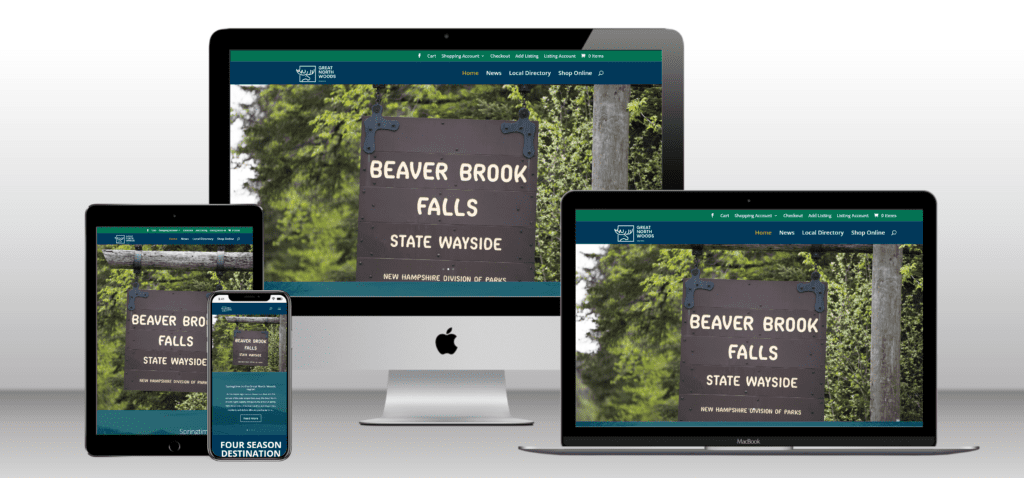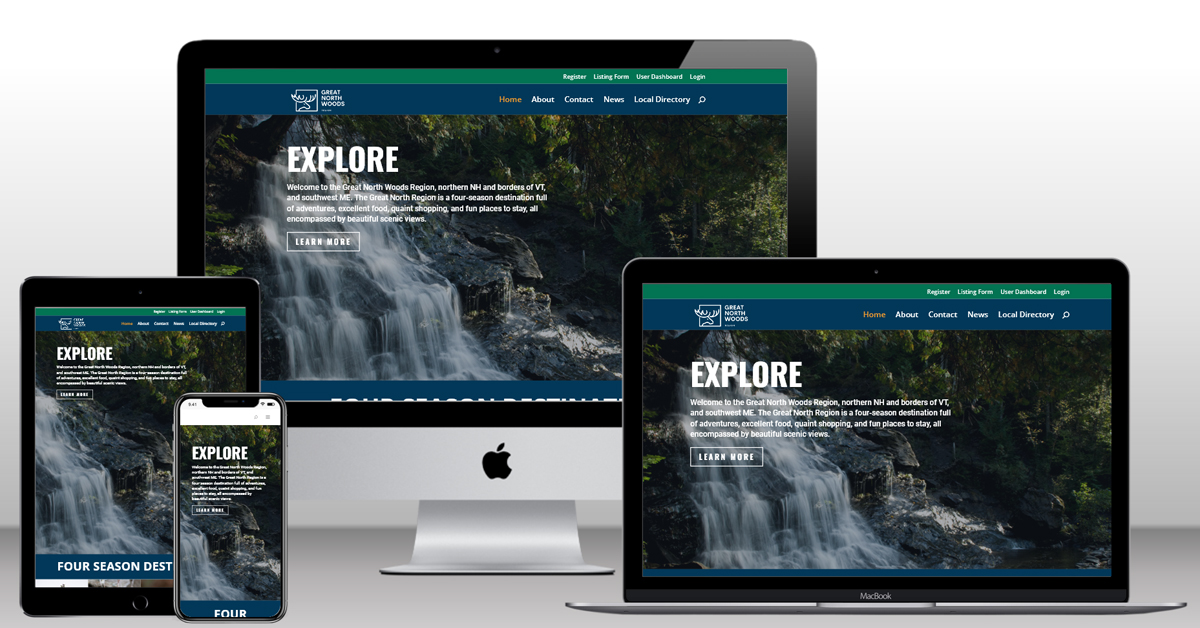You finally launched your website. Cue the confetti cannons! Whether you hired a designer, DIY’d it with caffeine and tutorials, or spent weeks refining it to perfection, having a live website is a big deal. It’s your online home, your digital storefront, your 24/7 ambassador. But now that it’s out there, what’s next?
Spoiler alert: the work doesn’t end when you hit “publish.” Launching your site is just the beginning of the fun. Now it’s time to use it, promote it, update it, and let it work for you.

Tell the World About It
First things first: shout it from the rooftops. You didn’t create a beautiful site just to let it sit quietly in the corner of the internet. Start by posting a big, bold announcement on your social media channels. Share a screenshot of the homepage or tease a special section—maybe a blog, gallery, or service page. Write a quick caption that says something like, “We’re live! Check out our brand-new site and let us know what you think.”
Don’t forget your email list if you have one. A quick announcement with a link to your homepage and a little message about what’s new or why you’re excited will go a long way. Even if it’s just friends, family, or past customers, it builds buzz and reminds people you exist (in the nicest way).
Update Your Links Everywhere
This one’s often overlooked but super important: make sure your new website link is showing up in all the right places. That includes your social media bios, your Google Business Profile, your email signature, your online directories, and anywhere else you’ve ever shared your business.
This is especially true if you had an older site or were using a placeholder domain. You don’t want people clicking outdated links and landing somewhere awkward. Make the rounds and get everything cleaned up and pointing to the right spot.
Check In on the Mobile Experience
You probably looked at your site on your desktop (a lot), but take some time to see how it looks and feels on your phone. Mobile traffic is huge these days, and what looks perfect on a big screen might need some adjustments on a small one.
Check for things like squished text, buttons that are hard to tap, or images that load weirdly. Click around like a customer would—pretend you’re trying to contact yourself, find a service, or scroll through your gallery. If something feels off, don’t panic. A good designer (or even a solid template editor) can help you make some quick tweaks.
Keep It Fresh
A website is not a crockpot—you don’t set it and forget it. Keeping things up to date is one of the easiest ways to show people your business is alive and active. You don’t have to change everything all the time, but even small updates make a big difference.
Swap out a seasonal banner, update your photos, rewrite a few blurbs, or change your homepage text to reflect what’s new. If you offer events, sales, or updates, make sure they’re timely. There’s nothing worse than a “Summer 2023 Special” still showing up in 2025.
If your site has a blog or news section, use it! You don’t have to post every week—just show up now and then. It builds trust, helps with search engines, and gives visitors a reason to come back.
Track What’s Working
Now that people are visiting your site, it’s time to find out what they’re actually doing there. Tools like Google Analytics or built-in website stats can tell you how many people are visiting, how long they’re staying, what pages they’re clicking, and where they’re coming from.
It’s not just for nerds—this stuff is gold. If you notice everyone is visiting your “About” page but bouncing from your “Services” page, maybe it’s time to rework that content. If blog posts are your most-visited area, keep posting. If no one ever clicks your contact button, make it bigger. Or brighter. Or, you know, just make sure it works.
Make Sure You’re Safe and Secure
Security is not the sexiest topic, but it’s super important. Make sure your site has an SSL certificate (that’s the little padlock in your browser bar). If you’re on a reputable platform or hosting plan, it probably does—but it’s worth checking.
If you’re using WordPress, keep your plugins, themes, and WordPress version up to date. Hackers love outdated sites. A simple update can save you from a world of pain.
Backups are another lifesaver. You never think you’ll need one until that one plugin breaks your whole homepage or you accidentally delete your contact form. Automated daily backups = peace of mind.
Ask for Feedback
Your website is for your audience, so don’t be afraid to ask what they think. Send it to a few friends or loyal customers and ask them to poke around. What did they like? What was confusing? Did anything feel missing?
Fresh eyes can spot things you missed and give you great insight into how your site is being experienced by actual humans. Sometimes, just tweaking a headline or rearranging a section can make a huge difference.
Drive Traffic With Purpose
Now that you have a website, you want people to visit it on purpose, not just by accident. Start by linking to it in all your marketing materials. If you hand out flyers, business cards, or even send invoices, make sure your URL is there.
Use your site in your social media content. Instead of just posting a photo of a new product or service, write a quick caption and say “Learn more on our website,” and drop the link. You don’t need to hard-sell. Just keep weaving it into your content so people start to associate your site with your brand.
If you blog or share helpful content, pin those links to the top of your Facebook page or create highlight reels on Instagram that say “Visit our site!” Make it part of your rhythm.
Start Building Your SEO
Search engine optimization (aka SEO) is how people find you when they don’t already know you exist. Think of it as laying breadcrumbs for Google to follow. Your site should have clear page titles, descriptive text, and relevant keywords that match what people would search to find a business like yours.
If your site builder has built-in SEO tools, use them. Fill in your page descriptions, image alt text, and focus keywords. You don’t have to go full-tech-wizard, but even the basics can help search engines understand what your site is about.
If you want to get serious, consider writing blog posts or pages that answer common questions people ask in your industry. Google loves helpful, fresh content.
Celebrate the Launch, But Keep Going
Launching your website is a huge milestone, and you should celebrate it. But it’s not a finish line—it’s more like opening the door. The real magic happens when you start using your site as a tool, a platform, and a way to connect with the people who need what you do.
So go update those links, freshen up your pages, and share it with the world. Your website isn’t just sitting there—it’s working for you, even while you sleep.
Want some help setting goals or making a checklist? I can show you how to track website traffic, create a monthly maintenance plan, or even brainstorm ways to promote your site.

